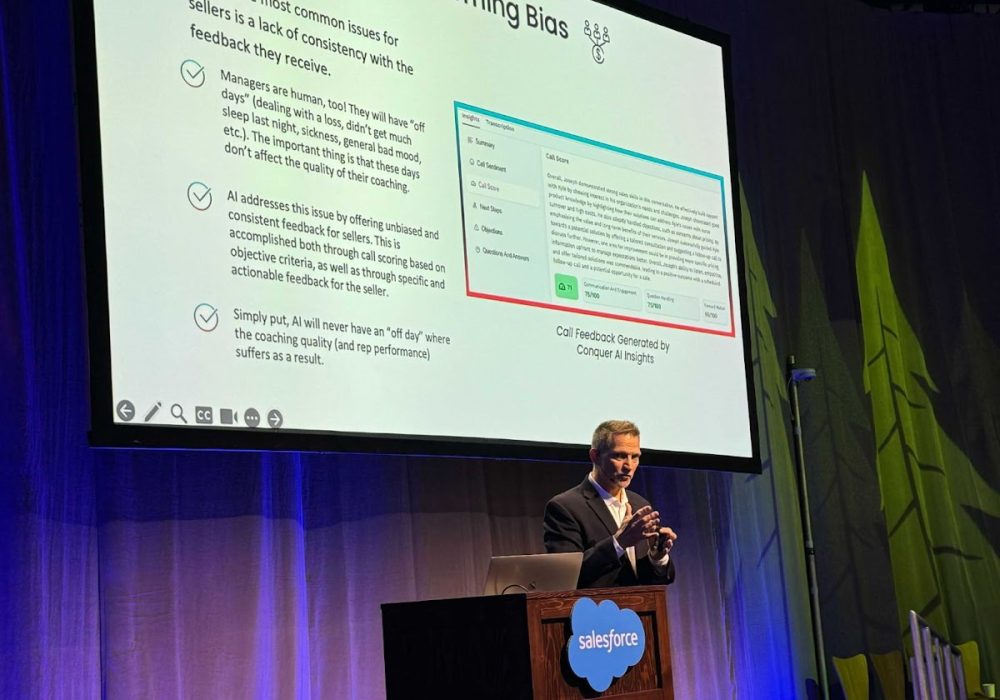Integrating new sales tools into your workflow is essential for remaining competitive in today’s sales landscape. Though all sales tools are designed to heighten performance, enrich customer engagement, and smoothen operations, effective integration holds the magic for unlocking their full power.
Integrating New Sales Tools in 5 Steps
If not well-planned, these very tools might make the processes more complicated than they should be. Whether you’re adding CRM platforms, automation software, or advanced analytics, your goal is to enhance your existing sales processes and boost productivity seamlessly. Here’s a step-by-step guide on how to do that.
1. Evaluate your current workflow
Before introducing new sales tools in your organization, it’s crucial to consider the running systems and processes within your organization.
Take a step back and observe how your sales team works on a day-to-day basis. Do inefficiencies stand in the way of your team? For example, are reps repeating certain manual tasks, irregular follow-ups with prospects, or data coming from too many disconnected sources? This often makes them waste time and lose those opportunities.
Identifying these gaps helps you choose sales tools for specific pain points and avoid too many complex additions. For instance, if your team has to waste too much time on administrative tasks, consider automation tools that automate tasks like scheduling and follow-up emails.
If your team needs help managing customer relationships, something like Conquer will also help. Since Conquer is native to Salesforce, it effortlessly allows reps to stay within one platform without losing track of important touchpoints.
2. Get a buy-in from your sales team
Introducing new sales tools can be a two-edged sword: even the best sales tools will amount to nothing if your team does not accept them. The most common issues with implementing new technology are resistance due to feeling overwhelmed by extra software or uncertainty about its benefits.
The key here is early buy-in with your selling team. Instead, include your team in some aspect of the decision-making process. Explain to them how these sales tools will directly help them by making their jobs easier and more efficient.
For instance, automation software that takes over mundane tasks like data entry or follow-up emails lets your reps focus more on selling and building relationships. Demonstrating real-world benefits like these helps to frame the conversation from “one more tool to learn” to “a tool that saves me time and effort.”
In addition to communicating the benefits, solid training should be provided. Even for the most intuitive of tools, training is necessary to ensure your team knows how to get the most out of them. Provide practical training sessions, access to tutorials, and ongoing support so that your team feels competent in effectively using the new technology.
3. Scale up gradually
Whenever it comes to integrating sales tools, it helps to start the transition on a small scale. Rather than enacting this new tool across your entire sales team all at once, consider scaling it back by introducing it to smaller groups. This will give you a very effective first test phase to get feedback and troubleshoot issues.
Consider introducing a new tool to a subsection of your sales representatives who are more comfortable with technology or more open to new processes. These will help inform the wider rollout and let them be internal champions in promoting the use of the tool. This also minimizes disruption and helps create early success stories that can boost wider adoption.
Another consideration is tool scalability. Find tools that will grow with your business and your sales team. When your current customer base grows, you need a tool to support more data and more complex workflows. Platforms like Conquer are built to scale with your business, meaning your tools will remain relevant no matter how large your operation becomes.
4. Work out the kinks of data migration
Data migration is perhaps the most complicated part of onboarding new sales tools. Seamlessly shifting data from one system to another is crucial for record-keeping and operational continuity.
This entails customer information, records of sales activities, and communications histories, which could be time-consuming and vulnerable to errors if their execution is not well thought out. That’s why teams must collaborate closely with their IT staff or support from vendors to avoid data loss during the migration.
You should have a clear roadmap of how it should take place, including steps required to validate data for accuracy. You would also want to test the migration on a small scale before fully committing to the new system. Tools like Conquer make this process easier because all your data resides on one platform, so there’s no need to sync from and to other platforms.
5. Monitor performance & make adjustments
Once your new sales tools are up and running, it’s actually time to monitor their performance. The first step in this regard is setting specific goals and metrics to determine how well the tool has impacted your sales operations. Are your reps now closing deals at a faster rate? Is your lead conversion rate going up? Has customer engagement risen?
By monitoring these metrics, you can understand how well this new tool works and where else to make other adjustments. Real-time analytics can also be particularly helpful here. Apps like Conquer provide real-time information regarding sales performance to help make real-time strategy changes based on what is working and what isn’t.
If some of the features are not working as expected, do not be afraid to make adjustments or reassess training so your team is adequately using the tool. Remember, the best sales tools are agile and flexible; you can mold them as your needs change with time. As a business grows, so do the sales processes, and your tools should facilitate this growth.

Building a continuous improvement culture
Implementation of a new sales tool is never a one-and-done project. Encouraging a spirit of improvement in the sales team will help keep the outcome of your efforts longer.
Let them know that the representatives can study all the tool’s features and share knowledge with colleagues. Schedule regular knowledge-sharing sessions where the team members can discuss best practices and suggest specific hacks to extract maximum potential from the tools.
You’ll also want to stay on top of updates and new features released by the tool’s manufacturer. That way, when changes come along in the system, you are updated, and your tools will continue to be as effective as your business evolves.
Wrapping up
Success in sales does not happen overnight. When integrating new sales tools, consider your integration carefully, start small, train comprehensively, and monitor performance—you can be certain your tools will deliver what they promise.
It’s not just about tacking new software onto the tech stack; it’s making sure every single tool you have serves a clear purpose, solves real challenges, and ultimately drives better results. If you want to integrate a sales tool that ticks all these boxes, try Conquer today!

















